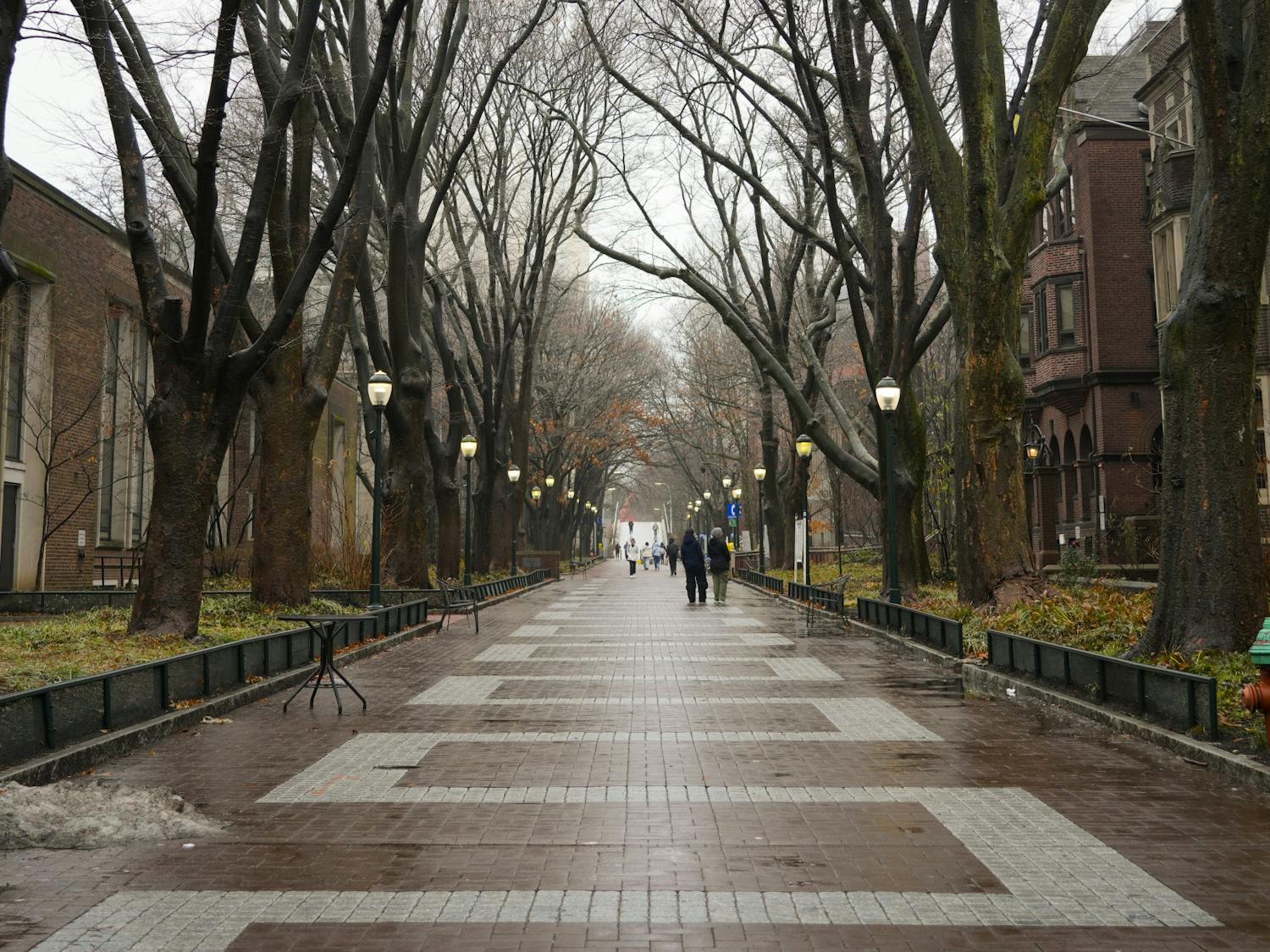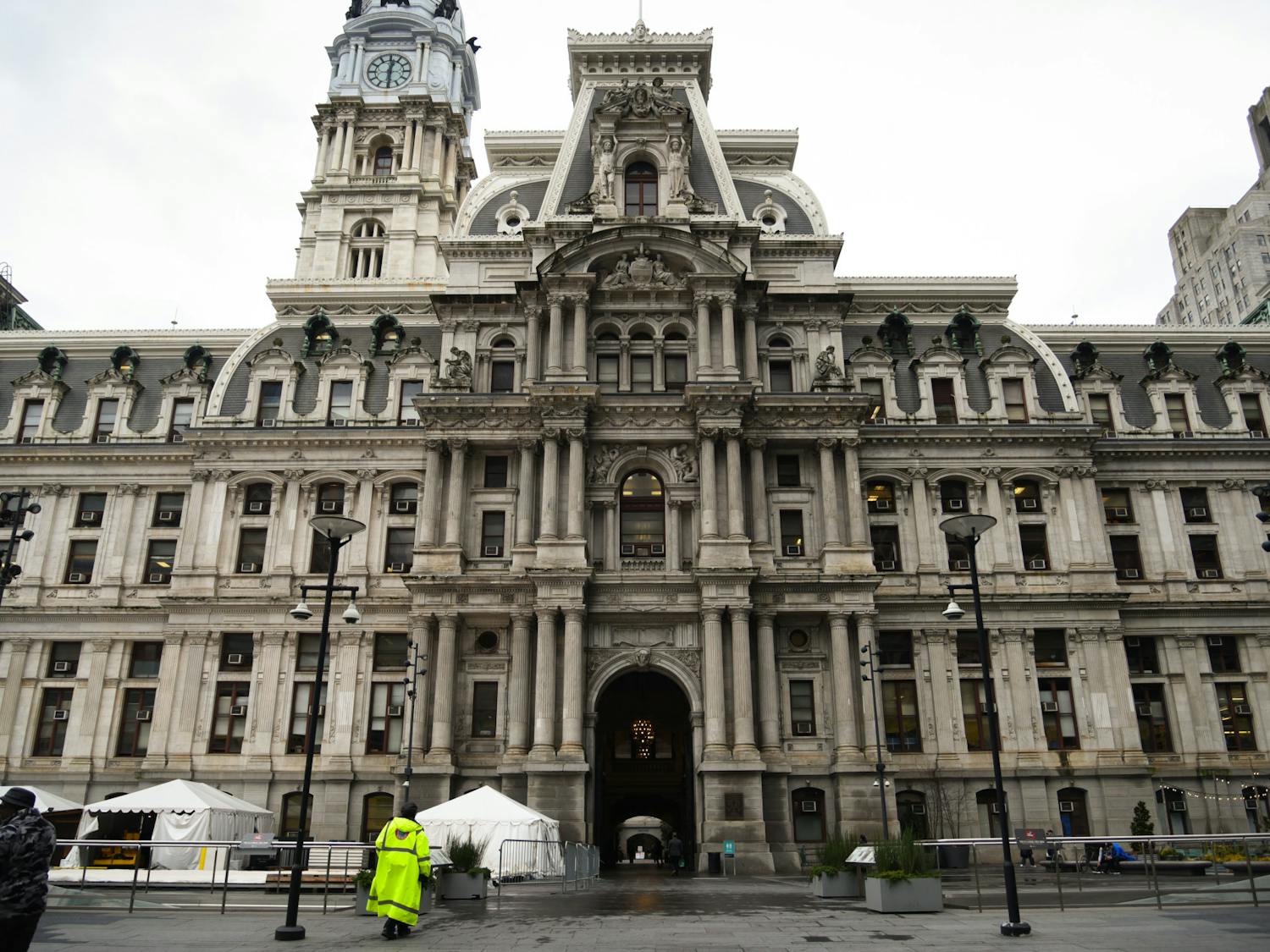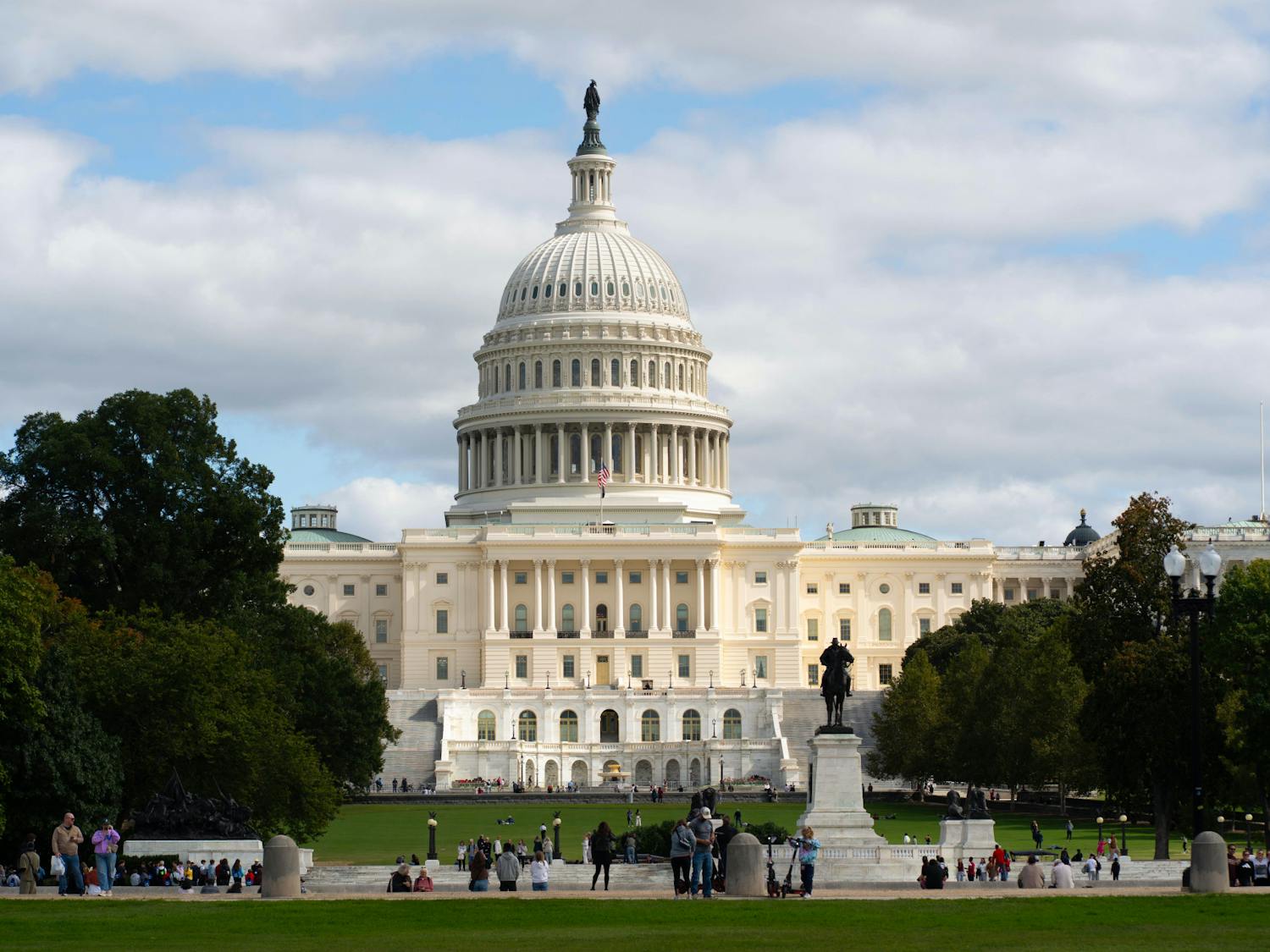I could never really understand Chicago. It is America's third largest city, an urban masterpiece which sits on an enormous glaciated freshwater lake, yet no major estuary or ocean can be found anywhere near the community. In my opinion, there is something fundamentally wrong when Chicagoans say that they're going to spend a day at the beach only to sit beside a freshwater lake, without the perils of fast floating jellyfish or eye and skin irritation by heavily polluted seawater. Then again, I'm from Connecticut.
The city on the lake was originally a trading post for fur pellets, seashells, and large wild game between Native Americans and early Americans on the 18th century frontier. As settlers inhabited the Midwest and livestock became more prevalent the meat packing industry established residence. Steel, railroad, and large manufacturing industries followed and the city boomed. Then, of course, it all burned down by accident. That's right, the entire city. Soon several famous architects made their fortunes by designing modern-looking buildings in place of previously picturesque skyline, now only smoldering ashes (My humblest apologies to David Brownlee). With its skyline in tact and its industries churning out household products including Morton's Salt, Quaker Oatmeal, and Philadelphia Cream Cheese, Chicago became one of the world's premier cities.
I chose to visit the city a few weeks ago to do some research and see a few friends. I stayed in Highland Park, a suburb on Chicago's North Shore, a town which has just about as much charm as Cherry Hill, NJ. Suburbs look the same everywhere in America, and you can almost expect three Baby Gaps, a Nordstrom outlet, and a canine pastry store in each shopping market. Highland Park, Glencoe, Winnetka, and other Chicago suburbs were in form, boasting spotless town centers, new car retailers, planned communities and multi-level lakeside houses. I received an offer to spend a day on family boating outing on Lake Michigan, the favorite pastime of many a Chicago family. A true Chicagoan, my friend's father told me enthusiastically that there was "nothing quite as disconcerting as standing on your boat in the cold, desolate waters of Lake Michigan when your rudder has broken down. One time it poured on us for three hours before the Coast Guard arrived."
I politely declined his generous offer and instead spent my first full day at the campus of the University of Chicago. The similarities between the University of Chicago and the University of Pennsylvania are striking. U Chicago is located in Hyde Park, an upscale urban pocket surrounded by impoverished neighborhoods of the South Side. Hyde Park and the surrounding area were transformed through a massive urban renewal campaign during the 1950s and early 1960s.
In 1953, the University sought to develop a commercial hub centered at 55th Street and Lake Park Avenue extending south to 57th Street. In order to attract private developers, the University would need to raze 47.3 acres between 52nd and 57th Streets -- relocating 150 businesses and 1,200 families in its wake. The University, with help from the state, was able to acquire the titles to buildings on the necessary properties when they had the neighborhood classified as "blighted." The Federal Housing Act of 1954 enabled the University to use federal funds towards the private development along that corridor. Throughout the 1950s, buildings along 55th Street were demolished to make way for modern townhouses, apartments, a supermarket, restaurants, parks, and playgrounds. Faculty and staff moved into the new houses with their families soon after the construction. The University created a stable community of scholars in Hyde Park, which exists to this day, despite much criticism concerning the displacement of the urban impoverished.
Chicago's efforts have not gone unnoticed by Penn administrators. John Fry, outgoing executive vice president, has studied several universities -- including Chicago -- for models of urban campus renewal. Martin Meyerson, former president of Penn, used urban planning skills honed during his time as a professor at the University of Chicago in the development of Penn's campus during his tenure. The establishment of Sansom Commons, the 40th Street corridor, and the Freshgrocer mirror U Chicago's commercial development. The demolition of Hamilton Village in favor of apartment-style high rises echoes Chicago's residential development. Still, there are
important differences between the universities. The most significant is Penn's desire to establish partnerships with local schools and run its own assisted school for the community. U Chicago instead established a private laboratory school whose attendance was limited to children of University faculty.
I am still intrigued by the many similarities between the two private research institutions and how closely leadership at universities studies other institutions for insight into their own development plans. I left Chicago mindful of how similar urban architecture, suburban culture, and university development are across America. Hopefully, unlike Chicago, none of it will burn down again anytime soon.








